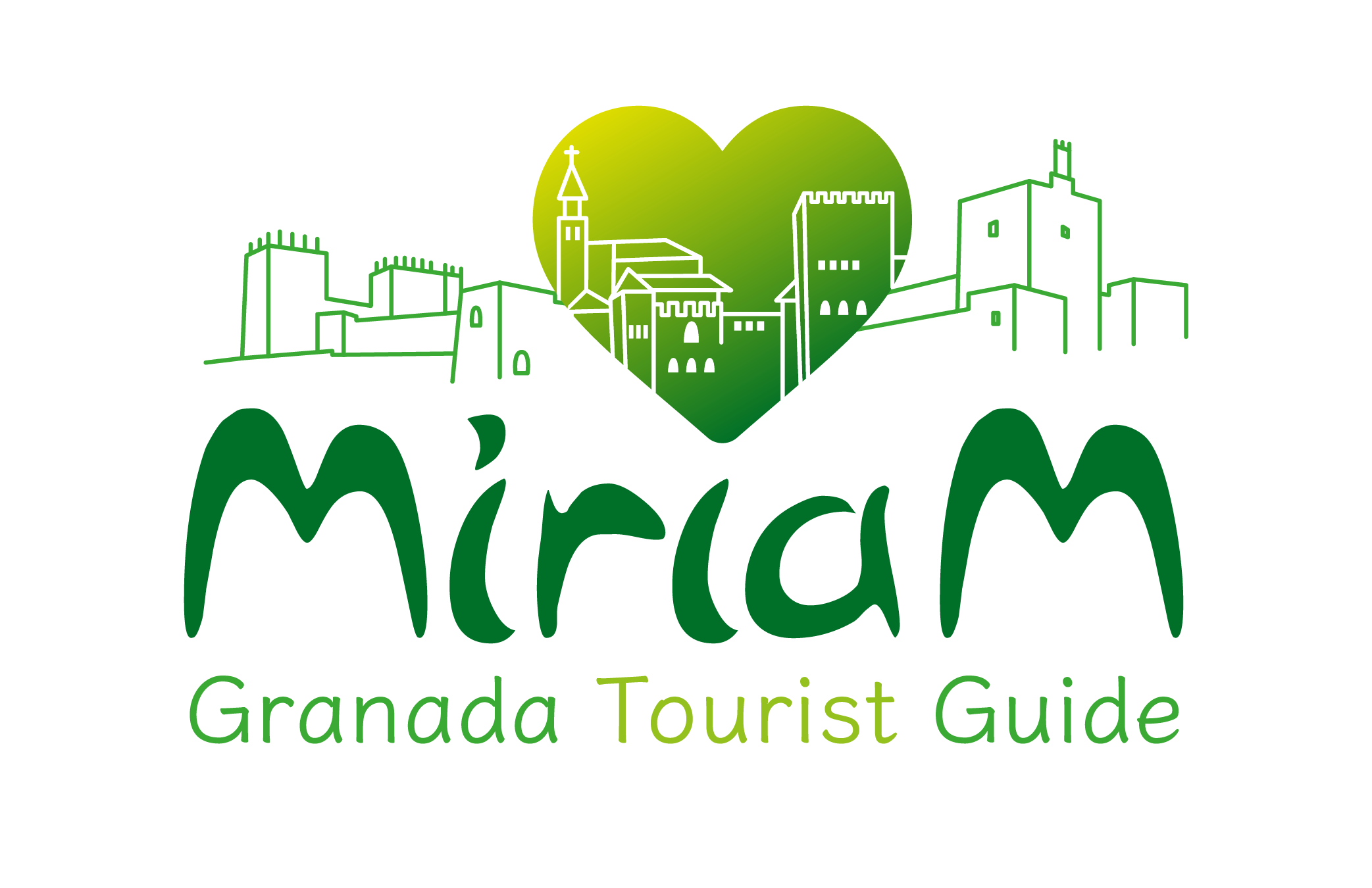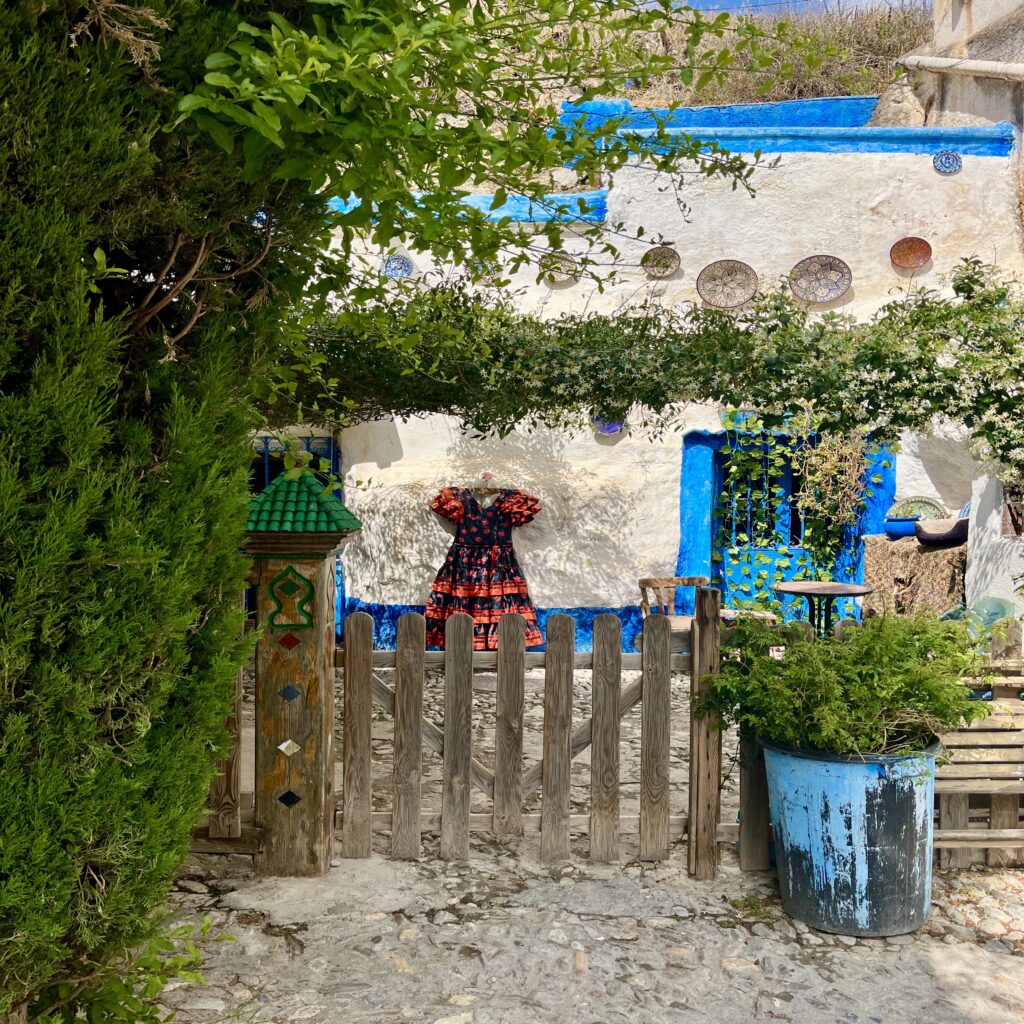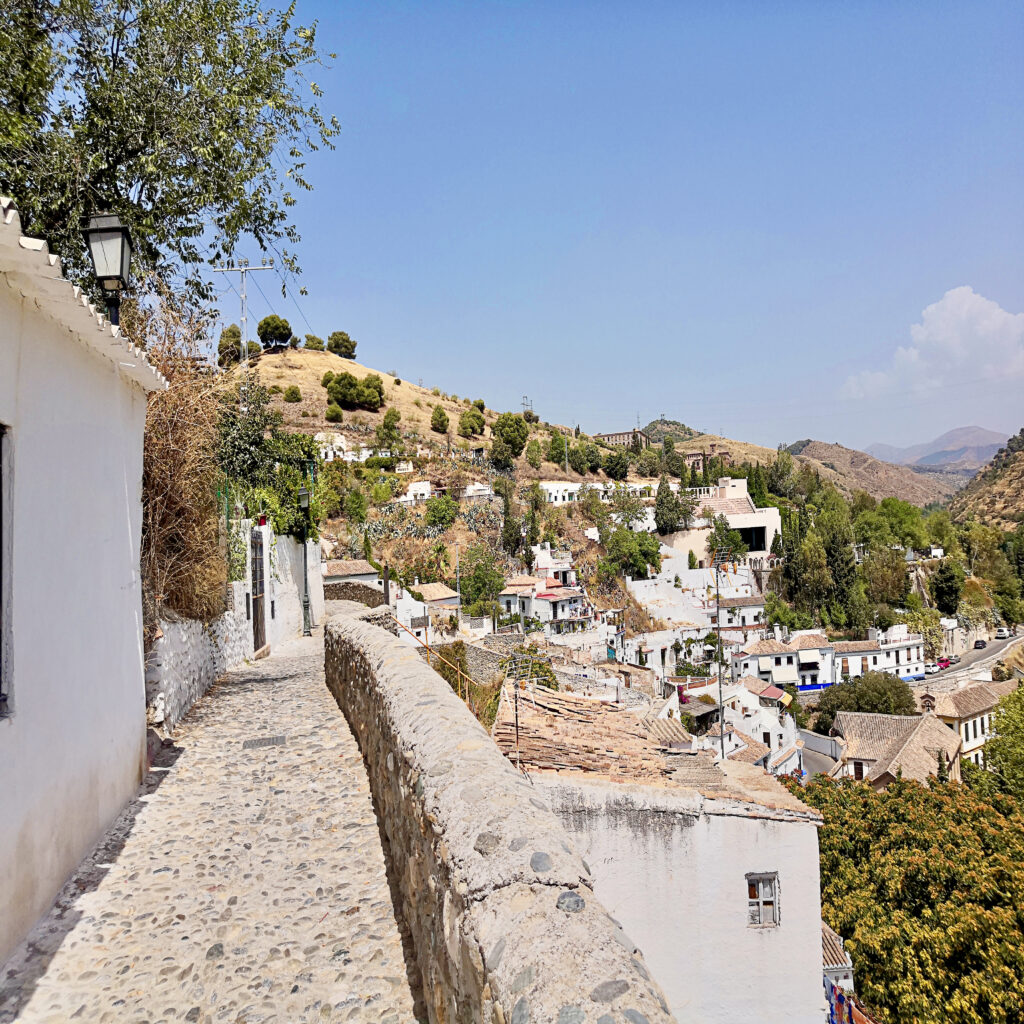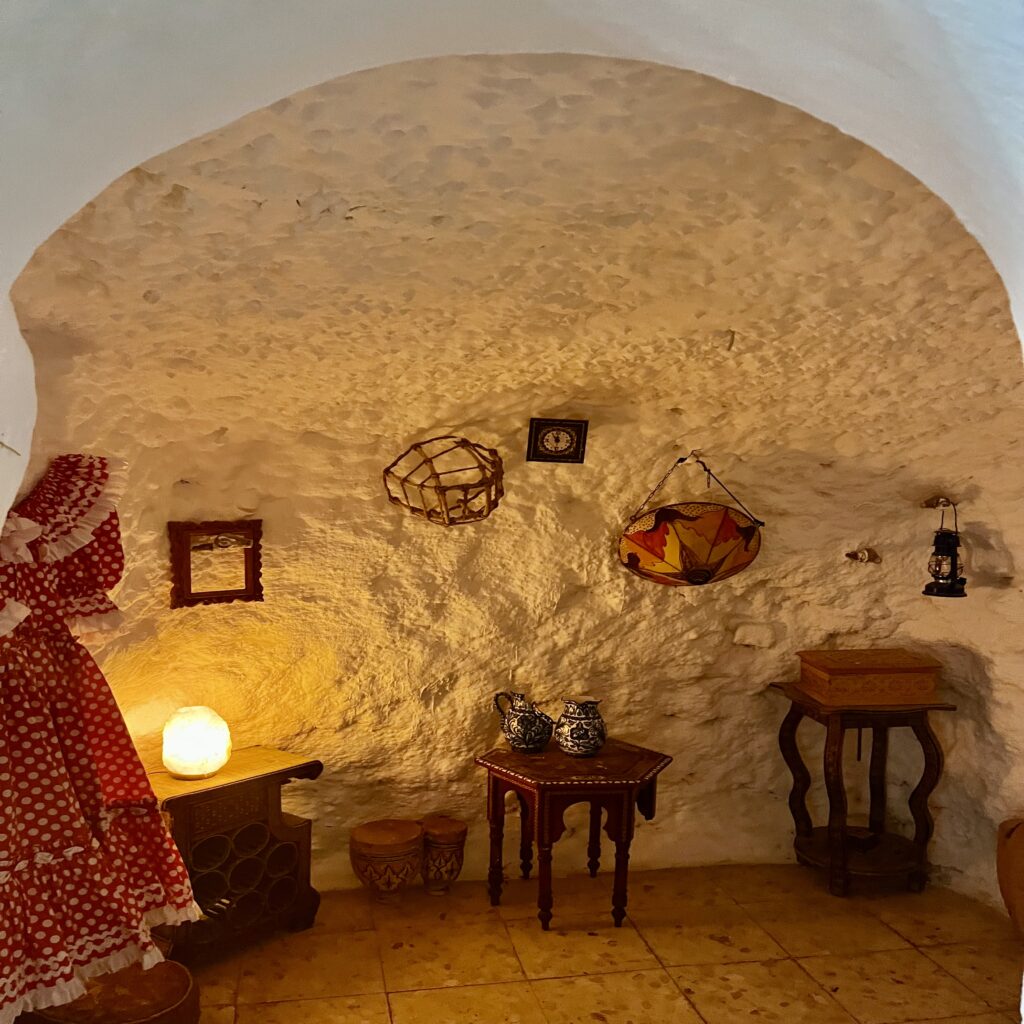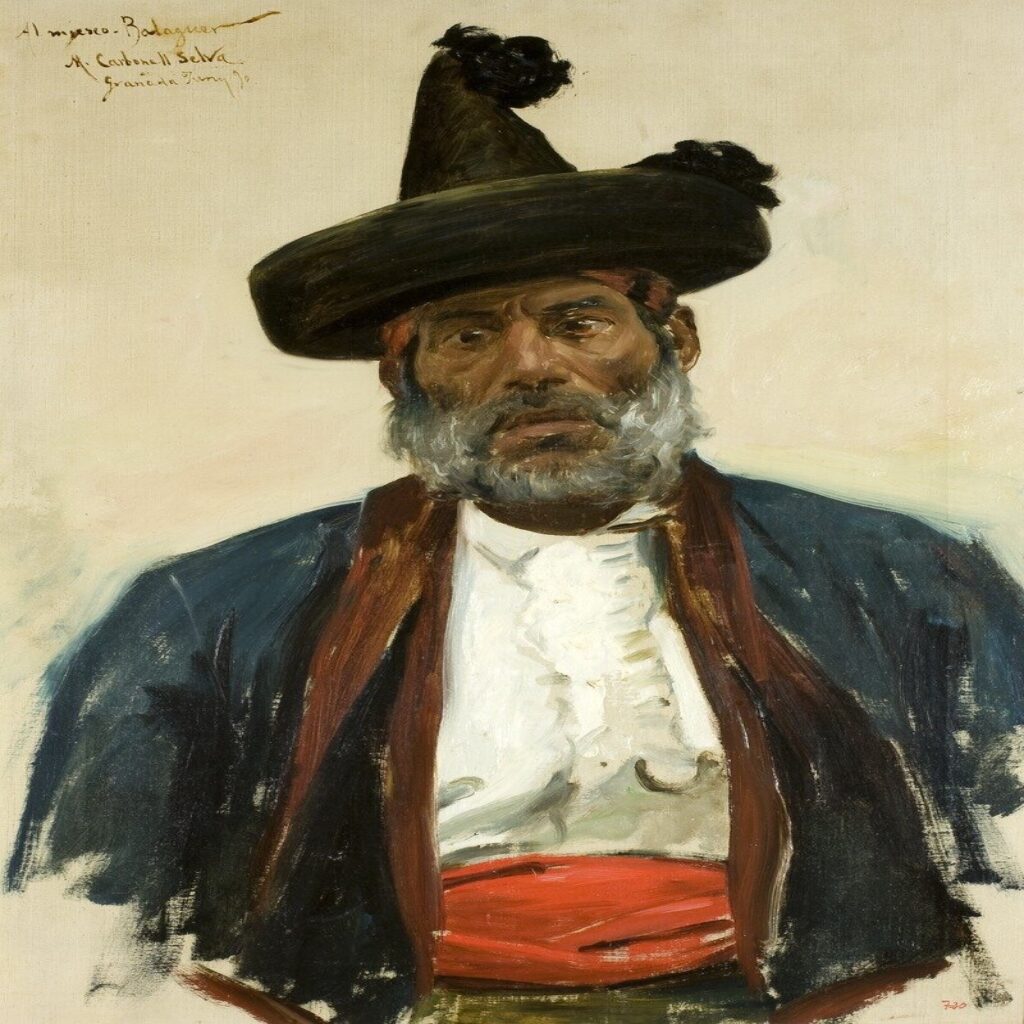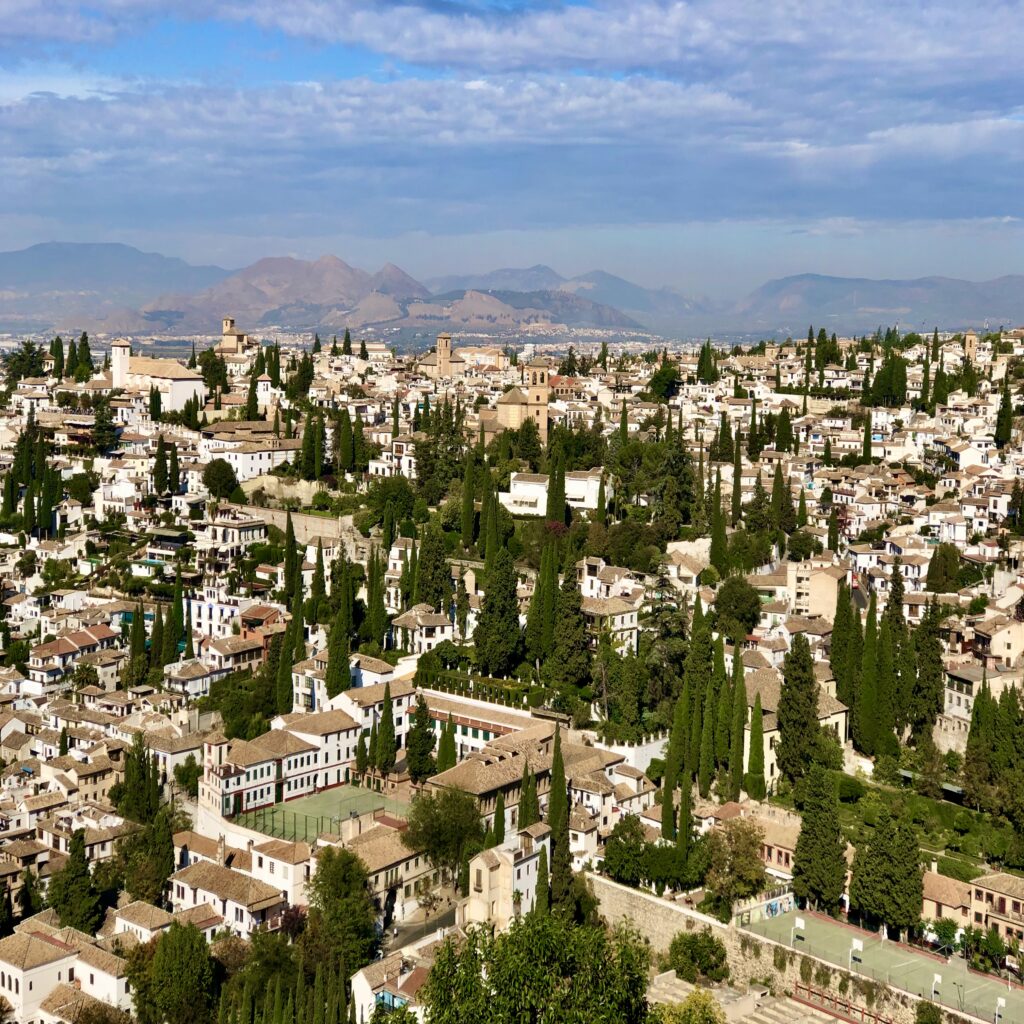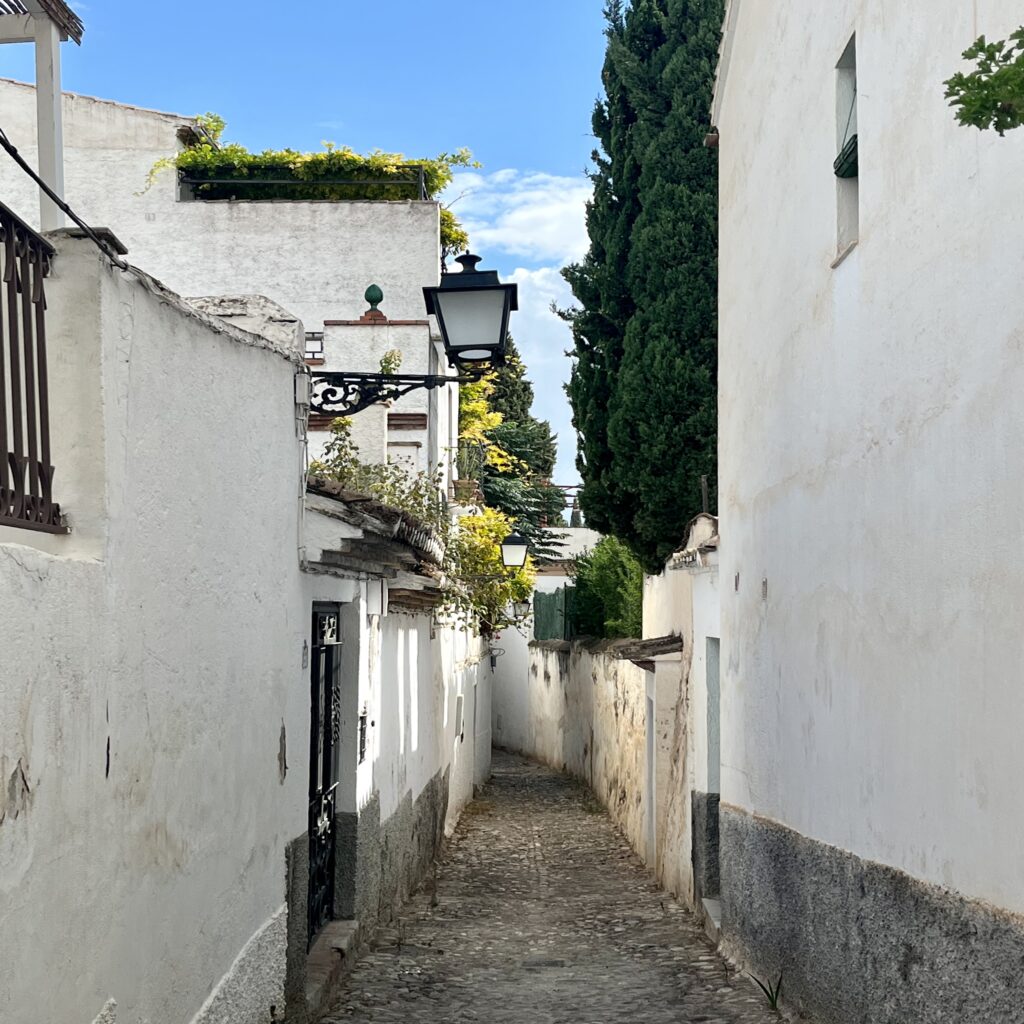When having a walking tour of Sacromonte you enter the heart of the city’s vibrant Roma community.
The word gypsy comes from the Latin aegyptano (Egyptian), where wrongly said to have come from.
However, today we know that the origin of the Roma is India, and since “Gypsy” is linked negatively, “Roma” is preferred.
After their migration from India, Roma settled mainly in Muslim-occupied lands in southern Europe.
Their long tradition of craftsmanship, as well as their skills in animal husbandry and blacksmithing was highly appreciated by the Muslim.
The first Roma arrived in Granada arround the 15th century, maintaining a community ever since mainly in the Sacromonte neighbourhood.
The trades of wickerworkers, canasteros, blacksmiths and forgers have given way to Flamenco singers, guitarists and dancers.
Although in most of Spain Roma are more integrated into the general population, Sacromonte stands out as a large and distinctive Roma community.
Language is very important in Romani culture: the linking element between communities all over the world, orally handed down from generation to generation.
Of its origin in Sanskrit, it is part of the Indo-European language.
Caló is the Spanish Gypsy speech using Spanish grammar and Romani vocabulary, it is a fascinating example of how languages can enrich each other through cultural contact.
And its infulence is especially reflected in flamenco.
Gypsy music brings together the sounds of India and all the countries that the gypsies passed through to Spain, with Iranian, Turkish, Balkan, Greek, Andalusian influences.
Flamenco, one of the richest contributions to universal culture, was born in Andalusia.
Moreover, gypsy music is still alive all over the world and in all musical styles: classical, jazz, fusion, folk, rock, copla, pop, hip hop…
Walking tour of El Albaicín, labyrinth of ancient whispers
